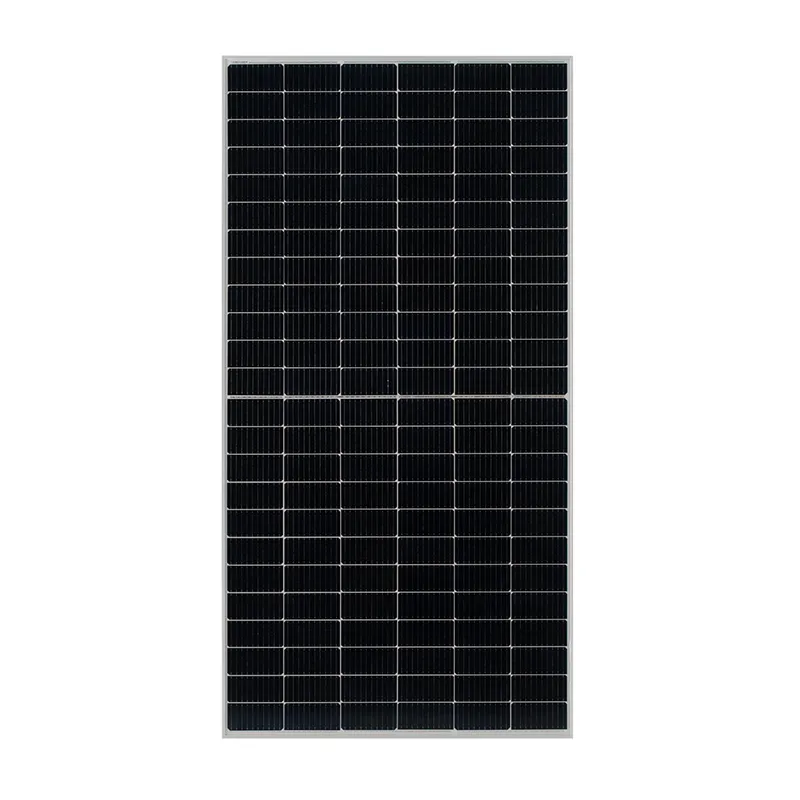Understanding Solar Panels and Their Impact on Renewable Energy Solutions
The Rise of Photovoltaic Panels Harnessing Solar Energy for a Sustainable Future
As the world grapples with the challenges of climate change and the need for sustainable energy solutions, photovoltaic panels have emerged as a viable and indispensable technology in the quest for clean energy. Photovoltaic (PV) panels, commonly known as solar panels, convert sunlight directly into electricity, providing a renewable and inexhaustible energy source. This article explores the fundamentals of photovoltaic technology, its benefits, current trends, and future potential.
Understanding Photovoltaic Technology
Photovoltaic panels are composed of many solar cells made from semiconductor materials, typically silicon. When sunlight hits these cells, it excites electrons, creating an electric current. This process is known as the photovoltaic effect, and it was first discovered in the 1830s but gained traction in the latter half of the 20th century as the demand for clean energy intensified.
PV panels come in several types, mainly monocrystalline, polycrystalline, and thin-film, each with its own advantages and applications. Monocrystalline panels, made from a single crystal structure, are known for their high efficiency and space-saving traits, while polycrystalline panels, made from multiple crystal structures, are more cost-effective but slightly less efficient. Thin-film technology, on the other hand, is flexible and lightweight, making it suitable for various applications, albeit generally less efficient than crystalline options.
Benefits of Photovoltaic Panels
1. Sustainability One of the most significant advantages of PV panels is their sustainability. They provide a clean source of energy, reduce reliance on fossil fuels, and lower greenhouse gas emissions, contributing positively to the environment.
2. Cost Savings While the initial investment in solar technology can be substantial, the long-term savings on electricity bills can be significant. Many regions also offer tax incentives, rebates, and grants to offset installation costs, making it an economically attractive option.
3. Energy Independence By installing photovoltaic panels, individuals and businesses can generate their own electricity, reducing dependence on grid energy. This self-sufficiency can be particularly beneficial in remote areas where grid access is limited or unreliable.
4. Low Maintenance PV systems are remarkably low-maintenance. Once installed, they require very little upkeep beyond occasional cleaning and inspections, allowing users to enjoy the benefits of solar energy without significant ongoing costs.
pannelli fotovoltaici

Current Trends in Photovoltaic Technology
The solar energy sector is witnessing remarkable growth, spurred by technological advancements and increased public awareness of climate change. The efficiency of solar panels has improved significantly, with leading-edge products achieving efficiencies above 22%. Additionally, innovations such as bifacial solar panels, which capture sunlight from both sides, are entering the market, further enhancing energy yield.
The integration of battery storage systems with photovoltaic panels is also gaining momentum. Energy storage allows users to store excess energy generated during peak sunlight hours for use during lower sunlight periods or at night, making solar energy more reliable and accessible.
Moreover, the concept of Building-Integrated Photovoltaics (BIPV) is transforming architecture. Solar panels are being integrated into building materials such as windows, rooftops, and facades, enabling structures to generate energy without compromising aesthetics.
Future Potential
The future of photovoltaic technology seems promising. According to international energy agencies, solar power is projected to be one of the leading sources of global electricity generation in the coming decades. As costs continue to decline due to technological advancements and economies of scale, more households and businesses will adopt solar energy solutions.
Furthermore, the expansion of solar farms and community solar projects is making renewable energy accessible to those who may not be able to install their own systems. These initiatives not only democratize energy access but also foster community engagement in climate action.
Conclusion
Photovoltaic panels represent a crucial component in the global transition towards sustainable energy. With their numerous benefits, including economic savings, environmental protection, and energy independence, solar technology is set to play an increasingly significant role in our energy landscape. As innovation continues to drive this field forward, photovoltaic panels will likely lead us to a cleaner, greener, and more sustainable future. Embracing solar technology is not only a smart choice for individuals and businesses, but also a necessary step in safeguarding our planet for generations to come.
-
String Solar Inverter: The High-Efficiency Solution for Smart Solar EnergyNewsJul.14,2025
-
Revolutionizing Rooftop Energy with the Power of the Micro Solar InverterNewsJul.14,2025
-
Power Independence with Smart Off Grid Solar Inverter SolutionsNewsJul.14,2025
-
On Grid Solar Inverter: Powering the Future with Smart Grid IntegrationNewsJul.14,2025
-
Monocrystalline Solar Panels: High-Efficiency Power for the Future of Clean EnergyNewsJul.14,2025
-
Bifacial Solar Panel: A Smarter Investment for Next-Generation Energy SystemsNewsJul.14,2025







